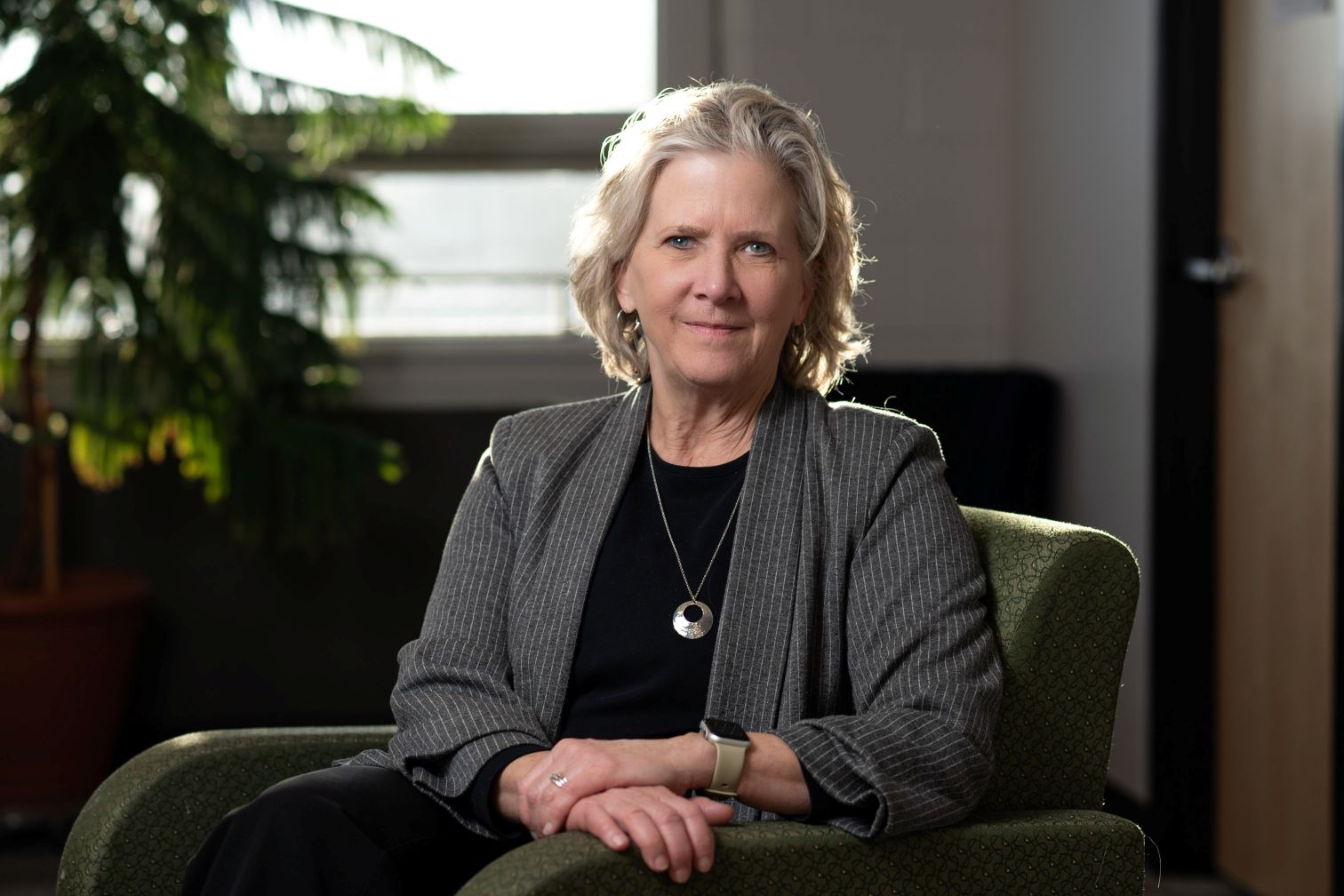The workforce has increased for mental health providers significantly in the past five years, but service providers say that the increase has not had a significant impact on long waiting lists for those who are waiting for care.
Data, provided to Min screen Through the Ministry of Health and Humanitarian Services in Main State and analyzed it through a report of reporting the investigation, an increase in the first place appears to a leap in the number of licensed social workers, which saw an increase of 4,413 licensed introductions in 2019 to 7613 in 2024.
In general, the total number of mental health providers – including advisors, drug abuse consultants, social workers, psychiatrists, and psychology – moved from 7494 in 2019 to 12,060 in November 2024 (2024 data does not include psychiatrists , As the numbers were only the numbers.
Despite the increase, the agencies say they are still struggling to employ service providers and patients are still waiting for months for care.
Jane van Bermer, CEO of Sweetser, an unhappy behavioral health provider, said the organization had faced a very difficult time in employing doctors.
“The shortage of the workforce is at the heart of our access problems,” Bramer said, adding that many clinical situations, which require the highest requirements and degrees, remain open.
“It does not necessarily see growth in service providers at the clinical level.”
The numbers presented by the country show that the number of licensed clinical advisers in the state doubled almost from 1,229 in 2019 to 2,438 in 2024, and the number of licensed clinical social workers increased by 80 percent, from 2,639 in 2019 to 4, 773 by December. 2024.
The only mental health field that did not witness an increase in the number of service providers was psychiatrists, whose number decreased from 110 in 2019 to 60 in 2022, according to the US Labor Office in the United States.
The numbers of the United States BLS are very different from the Maine Licensing Council in Medicine, which showed 343 active licensed psychiatrists in Maine as of January 2025. Timothy Tiranova, CEO of the Council, Screen The state does not follow the active licenses according to the year.
“There may be several reasons for the contradiction in the numbers. The BLS survey depends on all the full -time workers or full -time workers who pay a dedicated wage or salary, which excludes “service providers who work in other professions, workers for their own account, family workers or unpaid family workers.”
Tiranova said the contradiction may also be due to the fact that “the active license does not mean that a license holder in Maine is.”
A survey published last fall led by many advocacy organizations, including the National Association of Social workers in Main [behavioral health] Service providers are not equal to the service providers and patients. “
The authors wrote: “The waiting lists for care increases, and the beds of internal patients and survivors are closed for weeks in the emergency rooms waiting for the non -existing intensive care.”
Annexing the request, a greater need in rural areas
While there are more service providers in general, there is also a greater need for mental health care.
“The needs have increased (for service), and I believe that Covid has achieved some invasions in reducing the stigma in terms of health. Chapter President Julie Shermer said:” This also increases demand. “
The poll found “access challenges in all areas” for those looking for behavioral health care, with the presence of the greatest gaps in care for treatment and descriptive services, especially in rural areas.

According to the study, approximately thirteen thousand patients were looking for an individual provider, mental health consulting, or description of services in Main, pending eight months on average care. Patients with the longest waiting times are those who are waiting for advice to mental health, with more than 8,000 patients waiting from six to 24 months.
The survey also found that organizations were closing services due to issues related to payment levels that did not meet the cost of care and the difficulty of employing and keeping doctors.
Bermer, from SweetSer, said that employment in rural areas was very difficult.
“Unless you grow up in this field, service providers do not want to move to a rural area. Bermer said:“ There is not enough for them. “They will not move there.”
Lack of the ability to strain the strain
Bramer added that the job demands also affect the workforce. “We see fatigue. We see exhaustion. We see people, even if you can rent them, they do not remain.”
The issue is not limited to rural areas. The survey also indicated that the agencies are facing an increasing time to employment in positions in Portland, as the cost of housing has increased significantly in recent years.
Caroline Shanti, the dean of the participant at the College of Social Labor at the University of South Maine, said the costs also affect students. In the past few years, there have been much fewer of the program’s applicants, as Shanti said, as students are increasingly struggling to bear the cost of living in Portland, and often long distances.
According to Shanti, the Bachelor’s degree in Social Work recognized an average of 120 students annually before the epidemic, as it decreased to nearly 70 students during the epidemic, slowly making its way.
“We have a large majority of passengers,” Shanti said about the program.
Related story: For those in need, it is difficult to find personal therapists
Shanti said that there is a problem in placing students in internal training agencies. Internal training is the condition that it becomes a licensed provider in the state, but most of them are not paid, and students are increasingly interested or financially able to participate in unpaid training. In addition, service providers cannot confront the trainees if they lack time and resources to supervise them.
“It is difficult for us to find enough places for all students who have, because the industry is very tense,” said Shanti.
Van Bermer said that the incompatibility between supply and demand, specifically the lack of workforce, has the effects of the patient. “It leads to discounts in services, attachments, long waiting lists and in the people who are presented in those most expensive settings – such as hospitals, such as emergency rooms, and even the criminal justice system.”
Stevens said that a long -term waiting for a person can exacerbate the mental health problems of the person.
“If you are not (mentally) well at the moment and I think I need services, I have no ability to start contact. Stevens said:” I’m desperate. ”
“For me to continue contacting, communicating and calling and asking people not to repeat calls or tell me they cannot take me … just feed on my mental health problems.”
